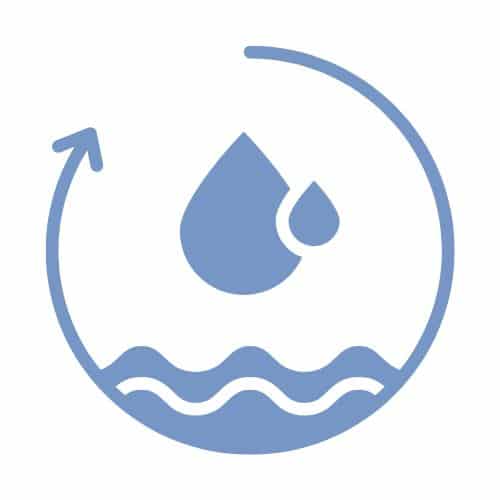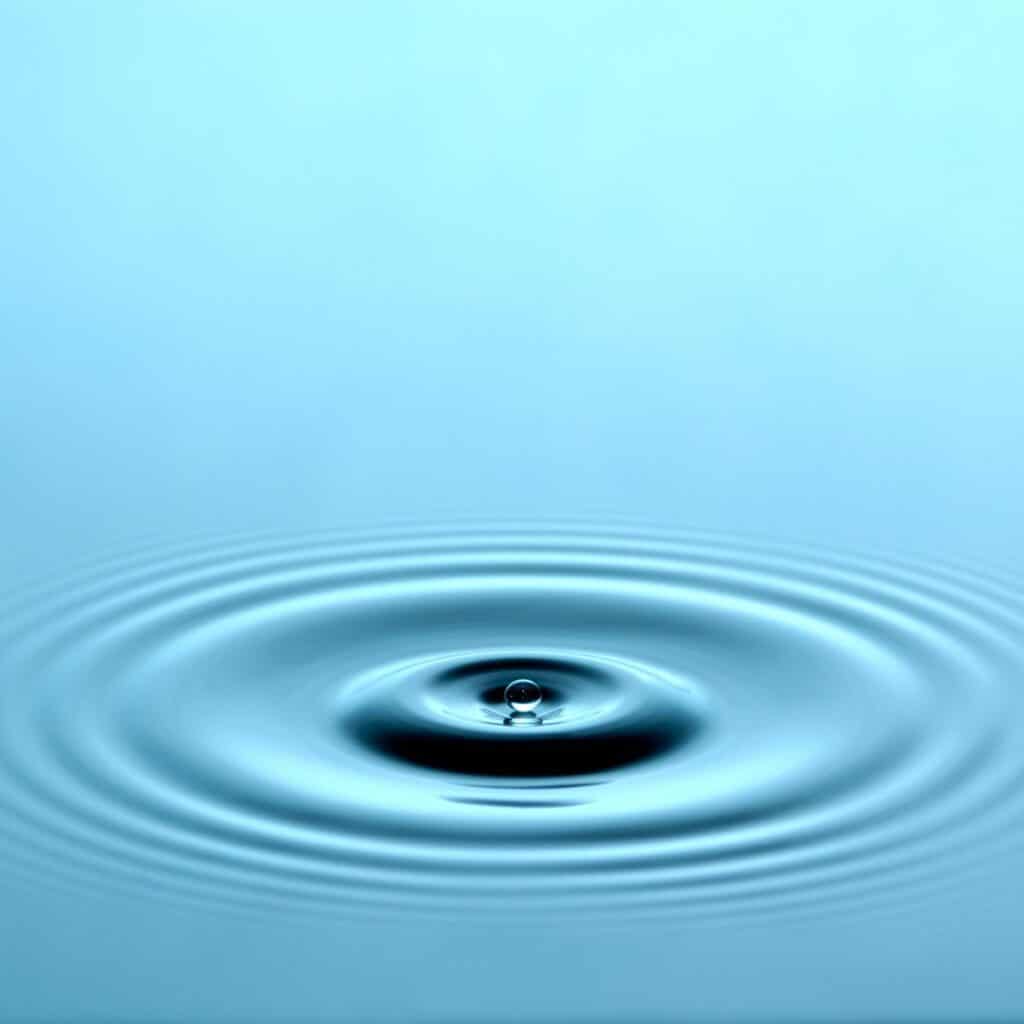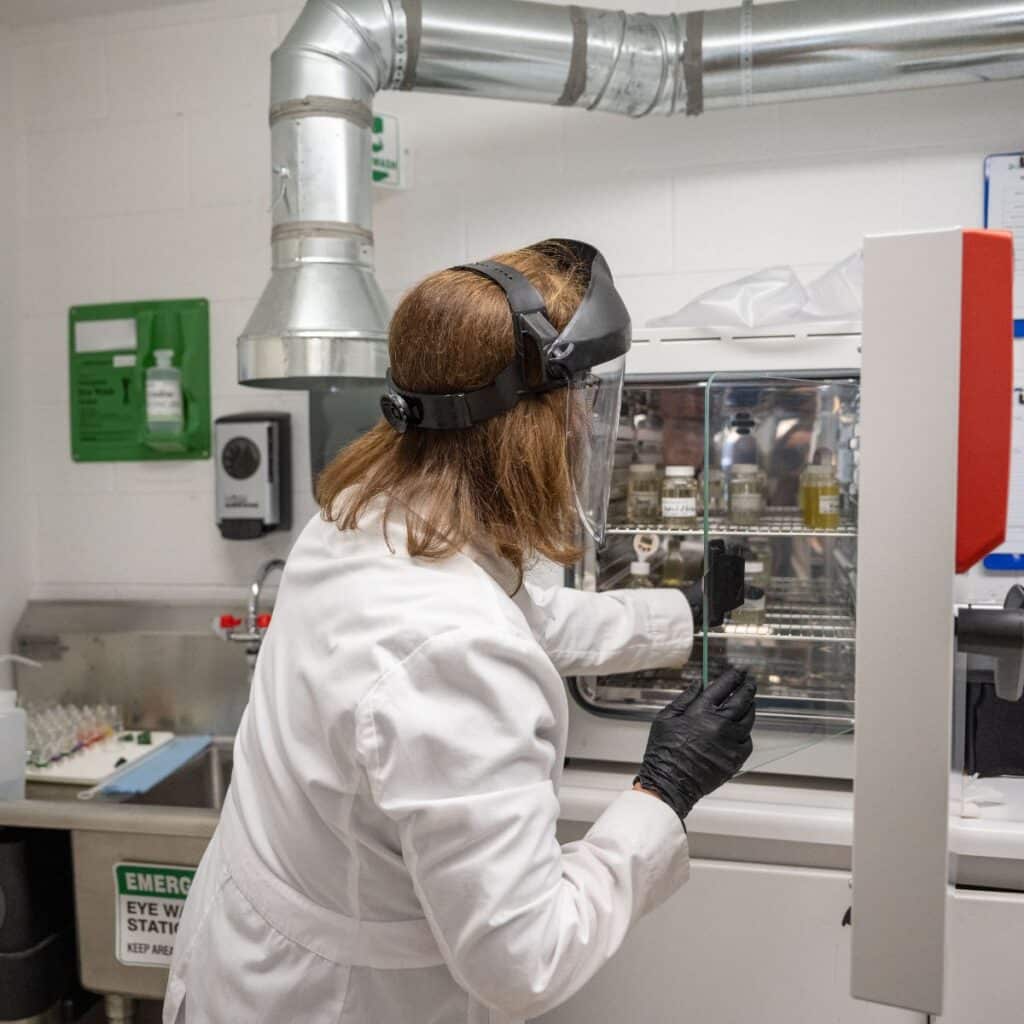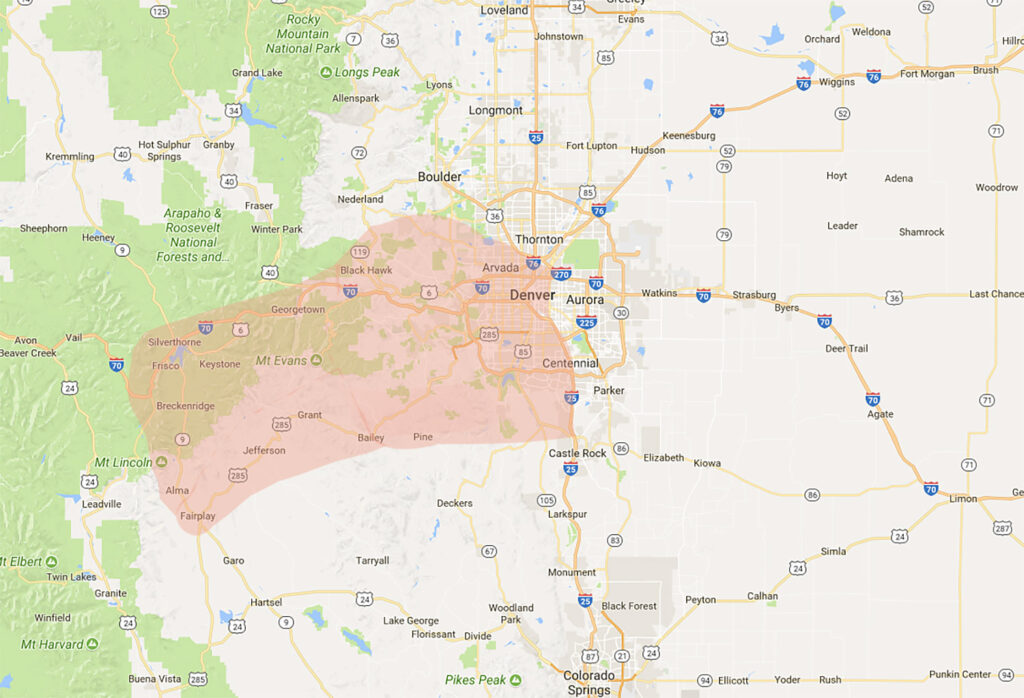Uranium Mitigation System

Overview
Uranium mitigation calls for a three-part chemical filtration system – the cation filter, the anion filter, and the calcite mineralizing filter – which work together to reduce uranium and its byproducts.
cation filter
The cation filter consists of a mineral tank filled with cation resin media, a control head to regulate regeneration, and a brine tank for regenerating. The filter works by selectively removing +2 and +3 ions from the water, including calcium, magnesium, iron, manganese, and certain uranium decay products referred to as gross alpha. This effectively softens the water, reduces corrosive or harmful effects, and removes any ions which might interfere with the anion filter. During the regeneration cycle salt brine cleans the media and flushes the contaminants to the septic system.
The regeneration cycle consists of 4 stages: backwash, brine draw, regenerant rinse, and brine fill.
- The backwash cycle runs water backwards through the system to loosen the media and flush out any sediment from the well.
- The brine draw cycle fills the tank with salt brine which dissociates the contaminants from the resin media.
- The regenerant rinse flushes the contaminants to waste.
- The brine fill adds water back to the brine tank so it is ready for the next cycle.
Regeneration frequency is based on gallons of water treated, and the control head display alternates between the time of day and gallons of water until the next regeneration is indicated.
Anion Filter
The anion filter consists of a mineral tank filled with anion resin media, a control head to regulate regeneration, and a brine tank for regenerating.
The filter works by selectively removing negatively charged ions from the water and uranium with a +3, +4, +5, or +6 charge sticks to the anions held by the media. During the regeneration cycle salt brine cleans the media and flushes the contaminants to the septic system.
The regeneration cycle consists of 4 stages: backwash, brine draw, regenerant rinse, and brine fill.
- The backwash cycle runs water backwards through the system to loosen the media and flush out any sediment from the well.
- The brine draw cycle fills the tank with salt brine which dissociates the contaminants from the resin media.
- The regenerant rinse flushes the contaminants to waste.
- The brine fill adds water back to the brine tank so it is ready for the next cycle.
Regeneration frequency is based on gallons of water treated, and the control head display alternates between the time of day and gallons of water until the next regeneration is indicated.
Calcite Mineralizing Filter or Neutralizer
The calcite mineralizing filter, or neutralizer, consists of a mineral tank filled with calcium carbonate and a control head to regulate regeneration. Deionizing the water to remove contaminants leads to the “delicious uranium” effect, leaving an acidic, sometimes corrosive, often metallic tasting water that is generally described as unpleasant.
- The calcite filter neutralizes the acidity and restores water to a natural state by adding a small concentration of calcium carbonate for pH balance and improved taste.
- The neutralizer regenerates with backwash and rinse cycles to loosen up the media and clear out any sediment.
Regeneration frequency is based on days and scheduled according to water chemistry, and the control head display alternates between the time of day and the number of days until the next regeneration is indicated.
Maintenance
GeoWater recommends an annual service to maintain the system. This includes testing the mechanical and electronic components, field testing the water to assess functionality, and adding calcite to the calcite filter as necessary. As the media ages, the technician will be able to determine when full testing is called for and when the cation or anion media is due for replacement. Useful life expectancy is 10-15 years.
Customer Responsibility
The cation and anion filters have brine tanks that will need to be filled with salt periodically. The frequency for adding salt is dependent on the water chemistry and water usage, it varies from every few weeks to every few months. All 3 components have a clock which will need to be reset after power outages. The programming is maintained and the units will still regenerate on schedule, but if the clocks are off by more than an hour regeneration cycles can interfere with normal water usage. Heavy water use during regeneration can lead to low water pressure, salty water, or contaminant release to the house. Reset the clock by holding the up or down arrow until the correct time is set. There is an am indicator but no pm indicator.











